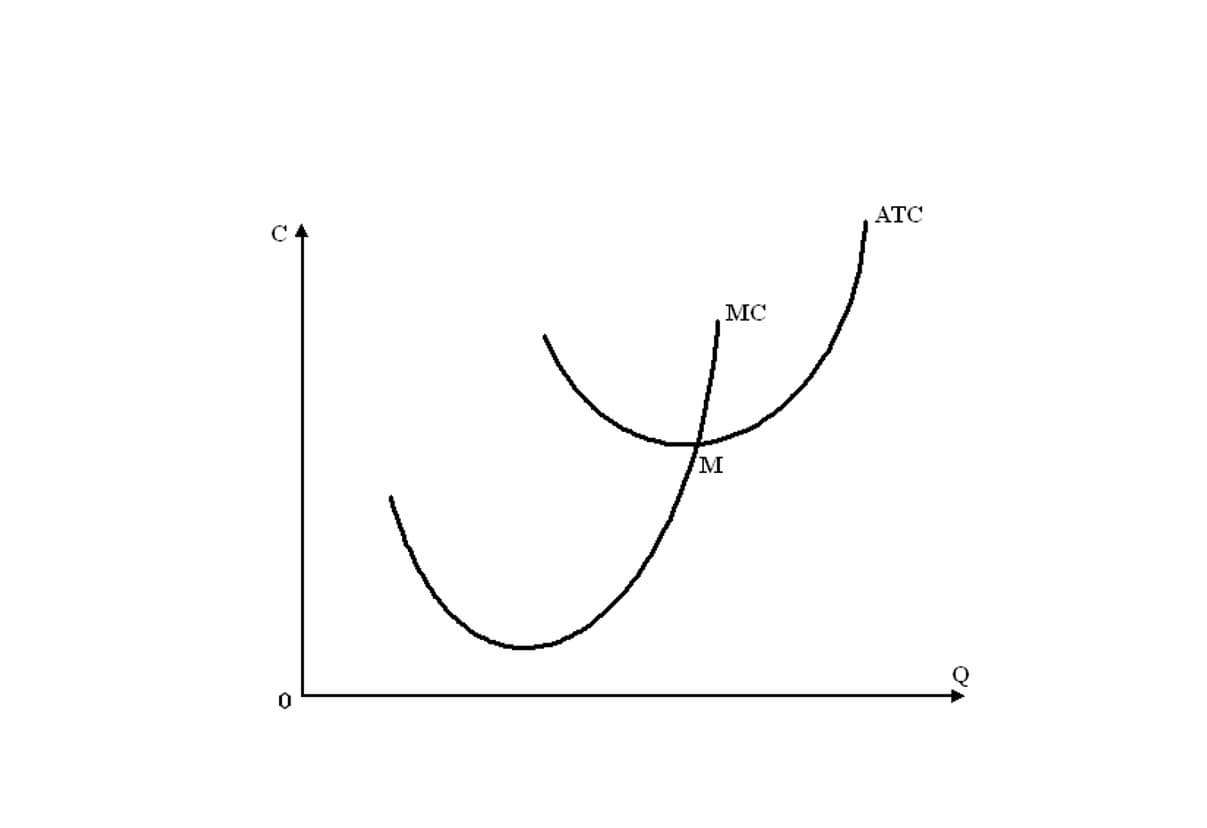
General partnerships have been the business entity of choice for individuals seeking to work together as well as various types of service providers. That’s often due to their straightforward structure, low-cost, and ease of set-up. General partnerships offer the flexibility to structure businesses however partners see fit. This gives those partners the ability to control operations more closely.
Partnerships and IFRS

A successful partnership can give a new business more opportunities to succeed, but a poorly-thought out one can cause mismanagement and disagreements. In addition to sharing profits, the partners may also assume responsibility what is partnership accounting for any losses or debts from the other partners. When the time comes to exit, it may be harder to reach an agreement about selling the business.
- The three partners may choose equal proportion reduction instead of equal percentage reduction.
- Paying interest on capital is a means of rewarding partners for investing funds in the partnership as opposed to alternative investments.
- How do you know whether you and your potential partner or partners will be a good fit?
- Salaries and interest paid to partners are considered expenses of the partnership and therefore deducted prior to income distribution.
- For example, a family partnership can be formed by a grandparent who owns an apartment building.
- General partners manage the business and assume full liability, while limited partners contribute capital and enjoy limited liability, protecting their personal assets.
How Does a Partnership Differ From Other Forms of Business Organization?

The owners of a partnership have invested their own funds and time in the business, and share proportionally in any profits earned by it. There may also be limited partners in the business, who contribute funds but do not take part in day-to-day operations. Finally, the third type is a limited liability partnership (LLP), which provides all partners with limited personal liability against another partner’s obligations. Limited liability is a form of legal liability in which a partner’s obligation to creditors is limited to his or her capital contributions to the firm. These types of partnerships include “LLP” or partnership in their names and are usually formed by professional groups such as lawyers and accountants. Each partner is at risk however, for his or her own negligence and wrongdoing as well as the negligence and wrongdoing of those who are under the partners’ control or direction.
The Partnership Agreement

A limited liability limited partnership (LLLP) combines aspects of LPs and LLPs. Limited partnerships are a hybrid of general partnerships and limited liability partnerships. At least one partner must be a general partner, with full personal liability for the partnership’s debts. At least one other is a silent partner whose liability is limited to the amount invested. This silent partner generally does not participate in the management or day-to-day operation of the partnership. Therefore, the capital account is usually fixed, while the current account is the current total of appropriations and the https://www.bookstime.com/ share of residual profit or loss, less drawings.
Latest Books
After that period elapses, it requires purchase at an affordable price that starts at $15. FreshBooks brings 21st century technology to partnership accounting. Just like any other business, the partners in a partnership company can perform asset or cash withdrawals. In an asset withdrawal, the partnership accountant debits the capital account and credits the account that is most closely related to the asset in question. In addition to that, when a partner makes cash withdrawal, the partnership accountant debits their capital account and credits the partner’s cash account.

A partnership is a business structure that involves two or more individuals who agree to a set distribution of ownership, responsibilities, and profits and losses. Because of this, individuals who wish https://www.instagram.com/bookstime_inc to form a partnership should be selective when choosing partners. Net income or loss is allocated to the partners in accordance with the partnership agreement. In the absence of any agreement between partners, profits and losses must be shared equally regardless of the ratio of the partners’ investments. If the partnership agreement specifies how profits are to be shared, losses must be shared on the samebasis as profits. Net income does not includes gains or losses from the partnership investment.
Joint Liability

The three partners may choose equal proportion reduction instead of equal percentage reduction. Partner A owns 50% interest, Partner B owns 30% interest, and Partner C owns 20% interest. Commission may be allowed as percentage on Net Profit before charging this commission or after charging this commission.
